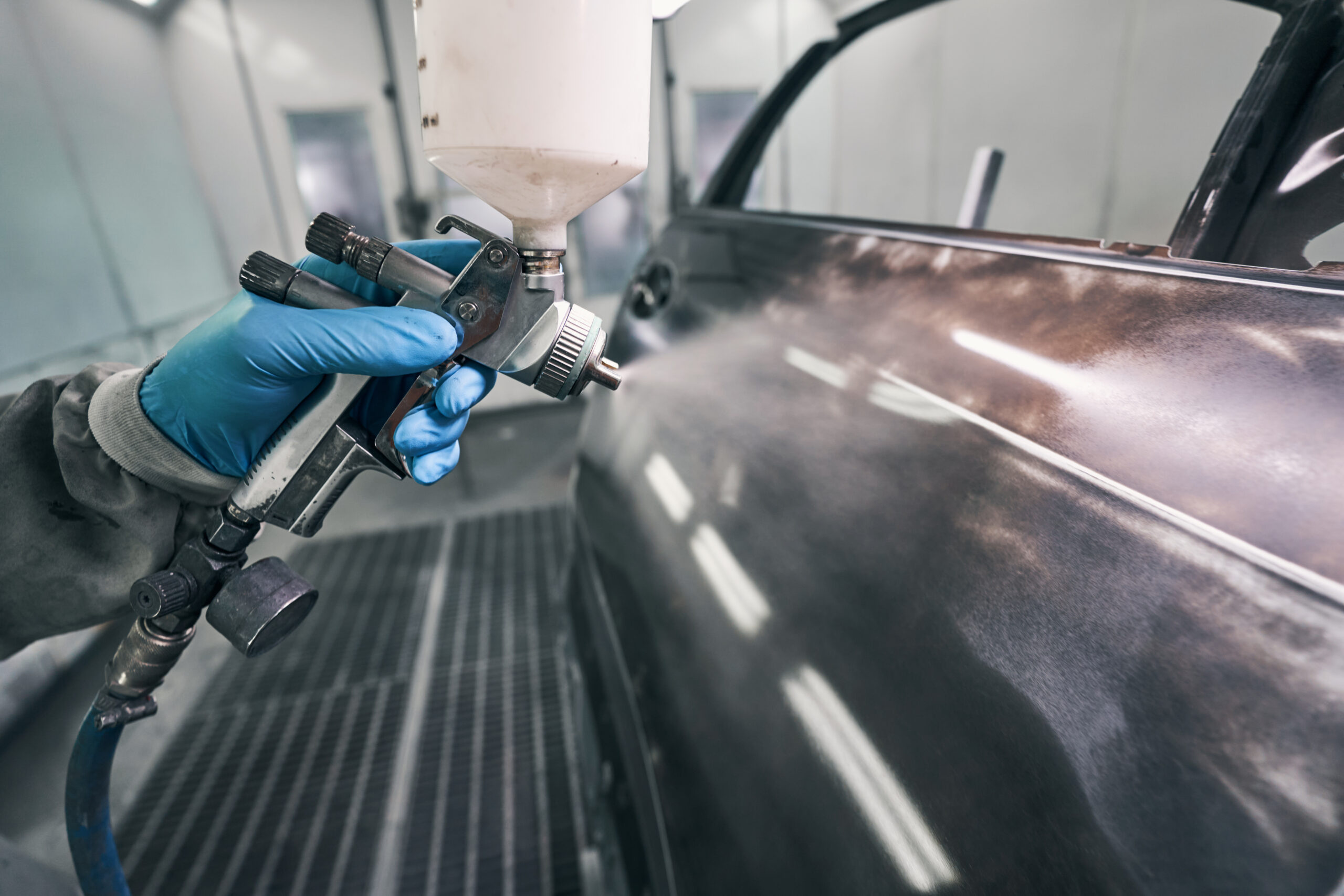BMW moves slowly, and often with a great depth of research. For years they knew a rear-wheel-drive small car was not an efficient use of space, was heavier and cost more to build than a front wheel drive car. For years they experimented and then…
BMW Group acquired 80% of the Rover Group from BAe on 31st January 1994.
The Rover Group only built front wheel drive cars at that time, and were developing a car to replace the original ‘Issigonis’ Mini which had been in production since 1959. BMW now had the chance to work with engineers who knew a lot about front wheel drive platforms, in the same way they knew about rear-wheel-drive platforms. However, they did not have the cash to invest in the model to bring it to production – hence the BMW Group investment.
The result was the ‘BMW’ Mini R50, R52 and R53 – The R50 went on sale from 2001 onwards – which was removed from Rover Group before BMW sold the company in May 2000 for £10 to the Phoenix Consortium complete with a landing pad of loans / bonds / guarantees of circa £1 billion. This was the birth of MG Rover.
BMW Group – the Meister marketeers – knew re-establishing Mini as a unique brand would take years, and so the front wheel drive platform went through three iterations. However, due to the success of the first where the handling played a big part in building brand reputation, BMW started to strategize when the smaller BMW models could migrate to front wheel drive whilst retaining the ride / handling typical of the BMW brand.
The migration started with the 2 series Active Tourer F45, then the 2 series Gran Tourer F46, the X1 F48, X2 F49, and the 1 series F40. The latest addition is the 2 series Gran Coupe F45. This was initiated with the birth of the third BMW ‘Mini’ platform UKL, which first appeared in 2014 with the Mini F55 / F56.
Of course, for those who are prepared to pay extra, there are four-wheel drive versions of some of these models, mainly to cope with the most powerful engines. The ‘limit’ for front wheel drive is circa 300 bhp, and involves de-coupling the geometry of the front upright steering axis from the suspension strut axis – the ‘double hub’. Most manufacturers avoid this solution unless they need to homologate a model for motorsport, of have a moment of madness (Peugeot, Vauxhall / Opel).
BMW are clear – for internal combustion engine powered cars longitudinal powertrains will drive the rear wheels or all four wheels. For lower powered models with transverse engines, the powertrain will drive the front or all four wheels. This pattern is used by many manufacturers.
BMW Group got to build front wheel drive vehicles in collaboration with British engineers – a joint engineering enterprise.




